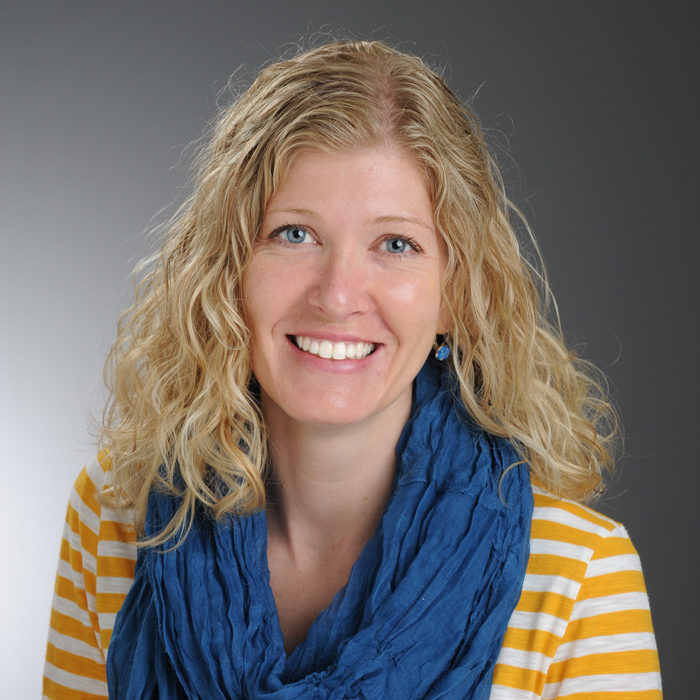Research spotlight on...Wendy Nelson
Students learn in elementary school how volcanoes erupt and how earthquakes shake the ground when one tectonic plate is thrust under another, but how does subduction get started?
By Megan Bradshaw on August 12, 2016
Students learn in elementary school how volcanoes erupt and how earthquakes shake the ground when one tectonic plate is thrust under another, a process called subduction. Towson University assistant professor of physics, astronomy, and geoscience Wendy Nelson wants to know an even more fundamental “how:” how does subduction get started?

As part of the United States’ research team participating in an international project investigating the origin of tectonic plate subduction, Nelson is measuring the isotopic abundance of two rare elements – rhenium and osmium- found in lava extracted during an International Ocean Discovery Program (IODP) drilling project in the western Pacific Ocean. These elements will provide unparalleled insight into the nature of the material melting to make those very first lavas and, by extension, the old and recent processes within the Earth that are responsible for mantle melting and lava generation.
During the IODP expedition, scientists from all over the world spent two months on the JOIDES Resolution drilling into some of the earliest lavas formed when the Pacific Plate began to subduct beneath the Philippine Plate over 50 million years ago. The chemistry of the lavas provides the best record of what was happening inside the Earth during that earliest plate movement.
When this project wraps up in early 2018, Nelson plans to investigate the effects an existing subduction zone had on a continent. Overlain on the horn of Africa, the East African Rift System is the site of active continental stretching, but 800 million years ago, that portion of Africa was being assembled during active subduction. She is planning to look at lavas and solid pieces of the Earth’s interior rafted to the surface by lava to understand the ancient construction of the African continent and how it is influencing modern day rifting and volcanism.